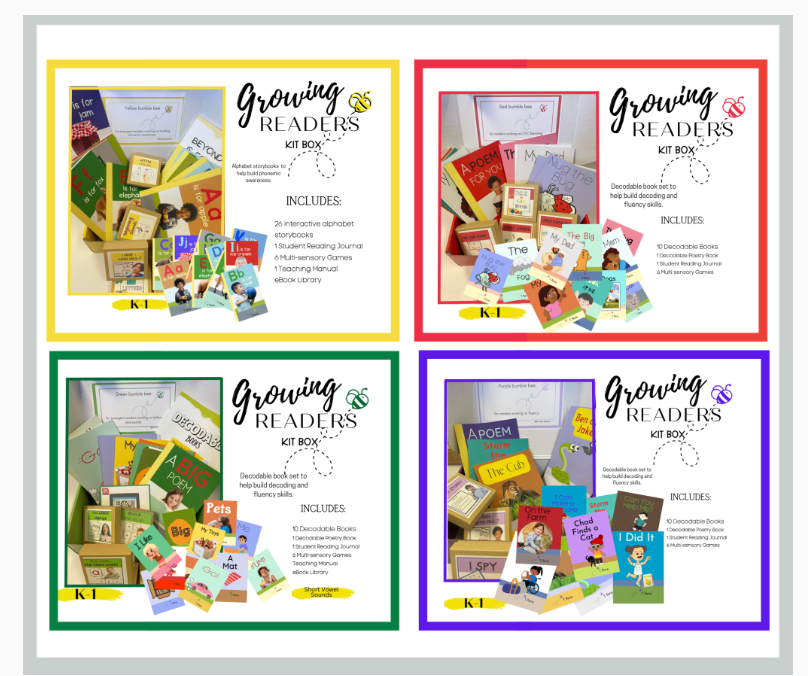
How to Use Decodables in Kindergarten: Step-by-Step Implementation
Share

As a kindergarten teacher, I can feel the energy and pride that January brings. It is incredible to witness the beautiful journey my little learners embark on as they solidify their phonological awareness. I feel great pride seeing their confidence bloom as they continue to tackle their letters and sounds. They are now transitioning into experts at segmenting and blending. In my experience, one invaluable tool that moves them forward as decoders is the incorporation of decodable books.
Decodables are a fantastic resource that offers a systematic approach to phonics instruction. They empower our young readers to apply their knowledge of letter-sound relationships in a controlled and supportive context.
Here is a glimpse of how I incorporate decodable stories in my teaching:
Decodable Poems: I kick-start this new routine with silly, fun, and short decodable poems. I write them on the board and distribute individual printout copies for students. They practice reading them with a partner and then add the poem to their poetry notebooks. These poems not only captivate the children with their playful language but also help to reinforce letter-sound relationships. We also chant and act out these poems during our morning meetings!
A BIG POEM ~ A POEM FOR ME ~ A POEM FOR YOU



Transitioning to Decodable Stories: Once the foundation is set with poems, we transition into our decodable stories. These stories align with my students' reading goals and provide a touch of challenge without overwhelming my kiddos. I use them as part of our small group instruction. I have students add them to their reading bags to read independently during centers and quiet time.
Multi-Sensory Activities: I keep reading fun and engaging by incorporating multi-sensory activities in my reading lessons. From tactile letter tracing, to building CVC words with play-doh, to interactive word-building games. These activities are great for differentiating instruction and supporting various learning styles. For instance, we might use textured materials to feel the shapes of letters or act out scenes from our decodable stories.
Why Decodables?: Decodable books are a great stepping stones towards reading fluency. Aligned with the science of reading, they provide a systematic and structured approach that complements the phonics skills acquired by kindergarteners. The gradual progression from poems to stories ensures that each child can confidently participate on the reading experience.
As a kindergarten teacher, my goal is not just to teach my students how to read; I want to also nurture their love for reading.


Happy Teaching!
TP@Sparking Creativity
